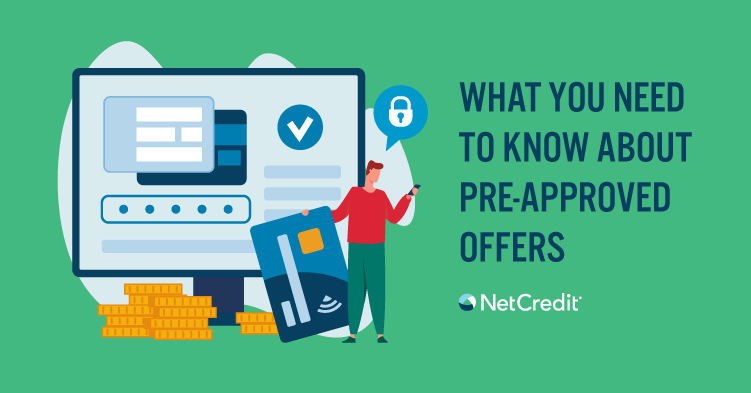Nearly every adult has received marketing messages about being “pre-approved” for credit. But that doesn’t always mean the applicant will be approved. Lenders occasionally screen for prospective customers with information available to them through credit reports, credit activity or other pre-screening methods. They may then make a pre-approved offer to someone who seems to fit their qualifications, but hasn’t applied. A pre-approved loan offer is a contingent offer for credit, pending a complete, qualifying application.
Why do lenders make pre-approved loan offers?
A pre-approved loan offer is a way that lenders can advertise their products using targeted information. Rather than send advertising material to all consumers, creditors can selectively market to those who generally qualify based on available credit data.
Why did I receive a loan decline after I was pre-approved?
Occasionally, a pre-approved loan offer may not lead to a loan approval if the information on a complete application does not align with the data available to the lender at the time a pre-approved loan offer was made. Lenders still need to verify the data provided on an application, including your personal details, employment information and income.
Additionally, credit activity can impact a lender’s final decision on a loan application. For example, if you recently applied for too many new sources of credit or have used too much of your revolving credit, a lender may decide not to extend a loan to you at that time. Generally, experts recommend keeping your credit utilization ratio to less than 30% of your total available credit.
How can I improve my chances of getting approved for a loan?
If you receive a pre-approved loan offer, you generally have a good chance of getting approved for a loan with that specific creditor. You can improve your chances of receiving a loan with positive credit behavior, including paying your bills on time and keeping your revolving credit utilization down.






